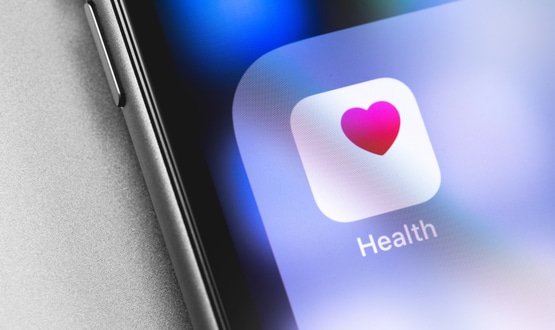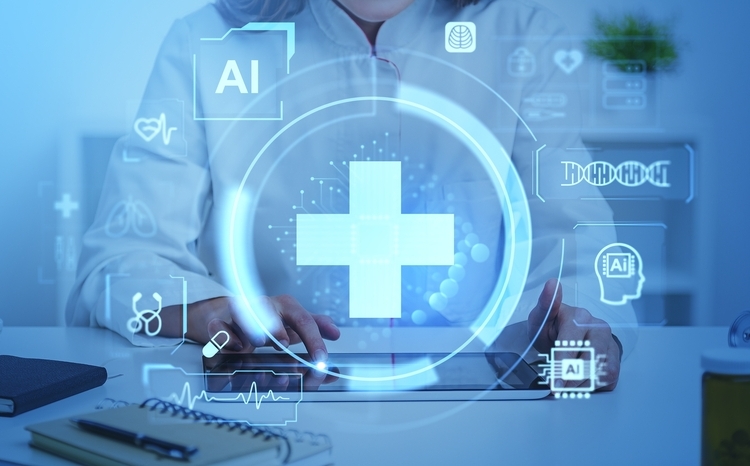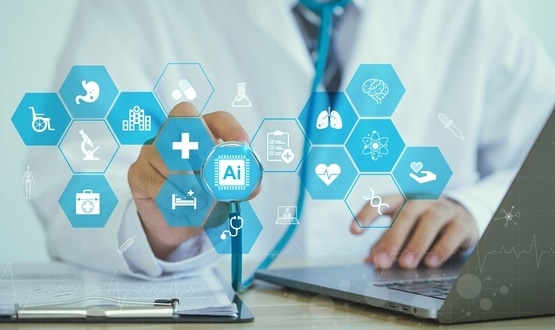Health apps developers take note: new MHRA rules are here
- 18 August 2020

Developers of health apps such as clinical calculators and symptom checkers will face stricter regulatory oversight as the MHRA expands the range of apps falling under the medical devices regulations. Justyna Ostrowska, from Taylor Wessing, looks into what developers need to know.
Introduced in June, the new MHRA Apps Guidance is likely to force developers to re-assess regulatory status and classification of their products under the medical devices regulations, as the line between medicine and wellness becomes increasingly difficult to tread.
Clinical calculators and devices that ‘drive and influence the use’ of another medical device
These products are the obvious candidates for re-assessment, as they now each have a new, dedicated appendix in the Apps Guidance.
- Clinical calculators– the more complex and unverifiable the calculation, the more likely that your product is a medical device; calculators that perform a simple action do not need to be CE marked.
- Software that drives or influences the use of a medical device– This software (if this particular use is intended by its manufacturer) is a medical device, and it is automatically classified in the same way as the device it drives, or the device it influences.
The MHRA provides four examples of ‘influencing’ the use of a medical device. They include electronic interaction (e.g. software that sends insulin dose values via Bluetooth to an insulin pump), but also influence over how the user uses a medical device (e.g. software that helps the clinician select an implant that best fits the patient’s anatomy).
Symptom checkers
Symptom checkers will be affected by the apparent broadening of what MHRA understands as devices that ‘allow direct diagnosis’.
The MHRA also now considers that software which filters the results by red flag/ severity/probability of a match (in other words, is trying to be more useful than a Google search) may be a medical device. The list of indicative words for symptom checkers has been expanded to include such broad terms as ‘medical information’ and ‘health information’.
If your product is an unregulated symptom checker, cross-checking the list of indicative words in the Apps Guidance against claims made in your advertising materials might be a worthwhile exercise.
Direct diagnosis
Whether or not a product allows direct diagnosis is relevant to its risk classification under the medical device regime – and that classification determines a product’s route to compliance.
Devices that allow direct diagnosis are generally in class IIa – which is a medium risk class – or higher, whereas devices that do not, are in lower class I. The higher the class of a device, the more onerous the requirements with which your product has to comply.
A device is intended for direct diagnosis if it provides the diagnosis of the disease or condition by itself, or when it provides decisive information for making a diagnosis – this is not new.
However, in the new Apps Guidance, the MHRA added that:
- a device allows direct diagnosis if claims are made that it can perform as, or support the function of, a clinician in performing diagnostic tasks; and
- for devices intended for lay users, provision of an indicative diagnosis may be enough to imply that the device is allowing direct diagnosis.
The Apps Guidance does not explain what ‘indicative diagnosis’ means, but it is likely to include use of a traffic light system to indicate likelihood a particular condition.
Skincare apps
Apps intended to be used to diagnose, assess or monitor the skin by use of images taken by or imported into the app ”may be medical devices”, according to the MHRA.
However, apps that are just intended to record images are unlikely to be medical devices – a subsequent review by a clinician does not necessarily make the app a medical device.
Therefore, anything that is trying to be more clinically useful than a file-sharing or storage facility for skin images mandates a double-take, as it is likely to be a medical device.
In the previous version of this guidance, the skincare example was limited to diagnosing skin cancer. It now appears that the MHRA may take a closer look at apps concerned with other skin conditions, such as acne or eczema.
We have seen quite a few skincare apps springing up over the last few years, and the changes in this guidance are clearly an attempt to catch up with an ever-expanding market to protect the consumer.
Reproductive health apps
Apps addressing reproductive health concerns including IVF, conception and contraception, are also covered in the new Apps Guidance.
Regarding IVF, the MHRA clarifies that software intended to analyse blastocysts for reintroduction into the body is a medical device, not an in vitro medical device, because in vitro devices are limited to those devices that are intended for examination of specimens that are never reintroduced into the human body.
With regards to conception and contraception, the MHRA added two more examples of software that may be a medical device:
- apps intended to facilitate conception and enable contraception based on basal body temperature; and
- apps for conception and contraception purposes using data entered by the patient.
The MHRA also added ‘IVF’ and ‘contraception’ to the list of indicative words, meaning that if you use these words when marketing your software, your product is quite likely to be a medical device. This was probably always the case, but has now been made explicit.
Got something good? Better CE mark it
One of the over-arching themes that come out of the new Apps Guidance is this: the more sophisticated (or more useful!) is your product, the more likely it is regulated.
For developers with the time and financial backing to jump through the regulatory hoops to CE mark their products, this may not be a bad thing. A CE mark is the mark of compliance with European standards – and therefore some measure of quality. It is associated with additional, non-trivial cost, but it may make a consumer more willing to put their health in your hands.





1 Comments
Hardly news – these guidelines were last updated on 4th June 2020!
And note it’s the EU’s Medical Devices Regulation that is tightening up the classification of apps – the MHRA oversees implementation in the UK. However now that the MDR does not fully come into force until after 31st December 2020, it remains unclear what regulations that developers will need to work to once the UK is on its own.
Comments are closed.